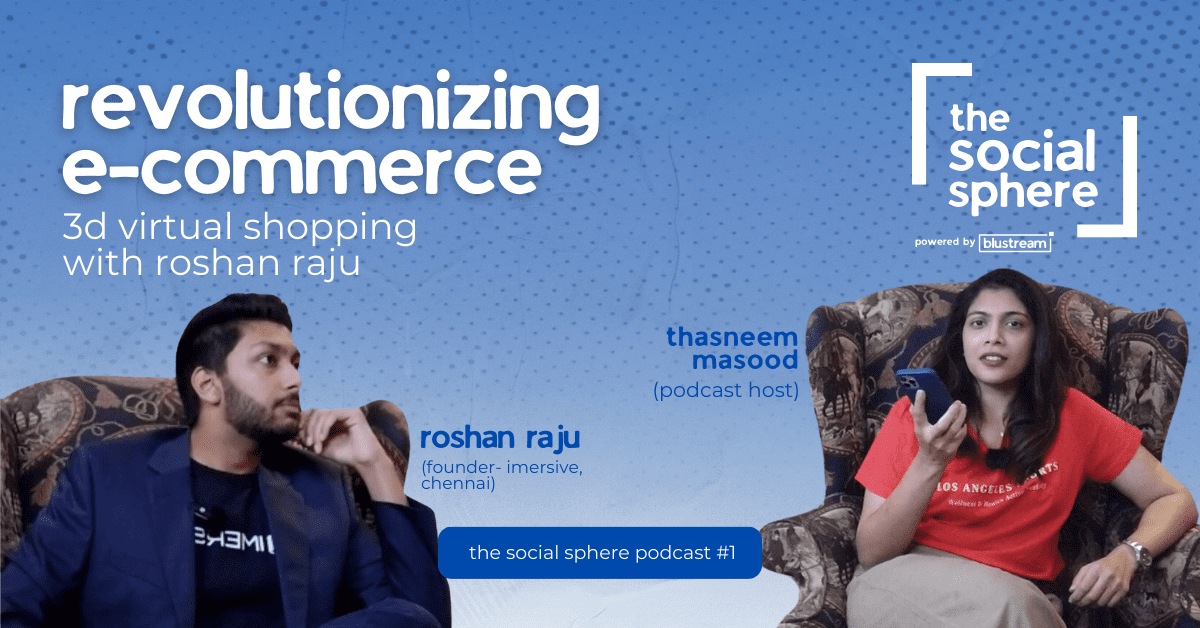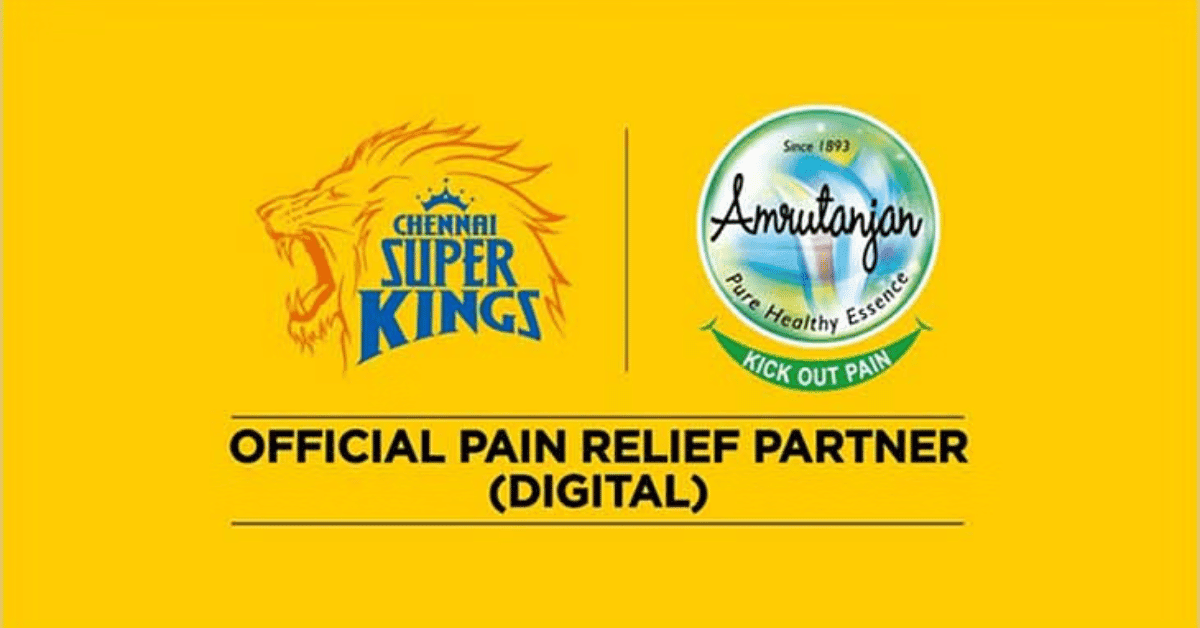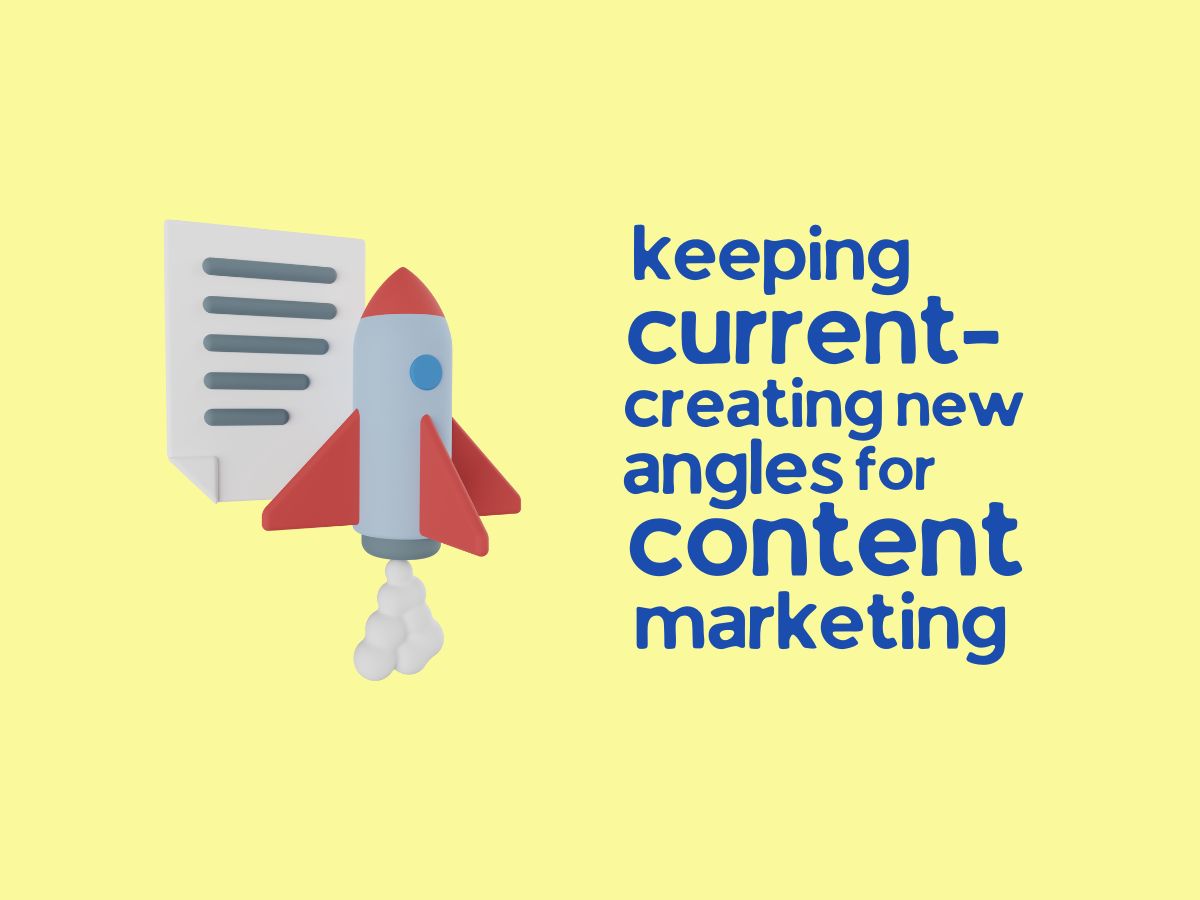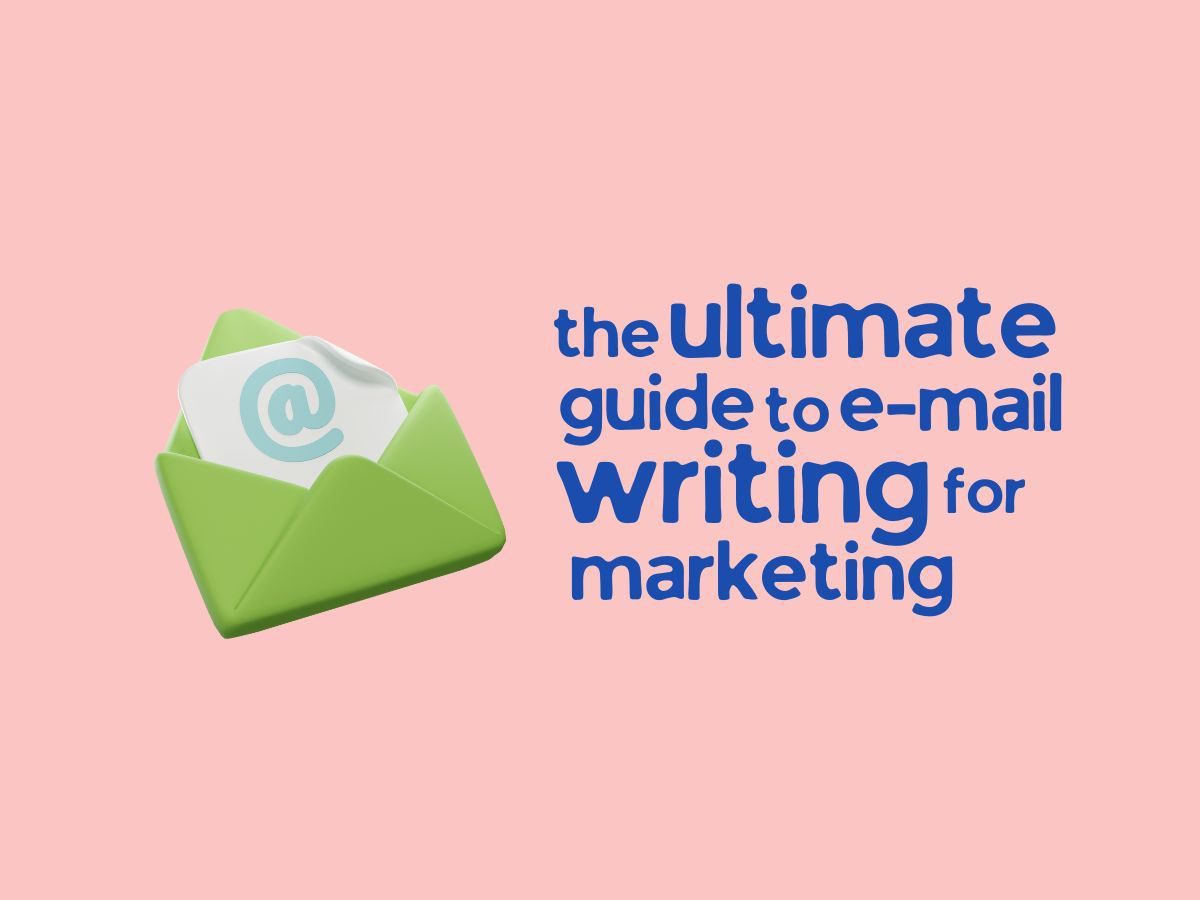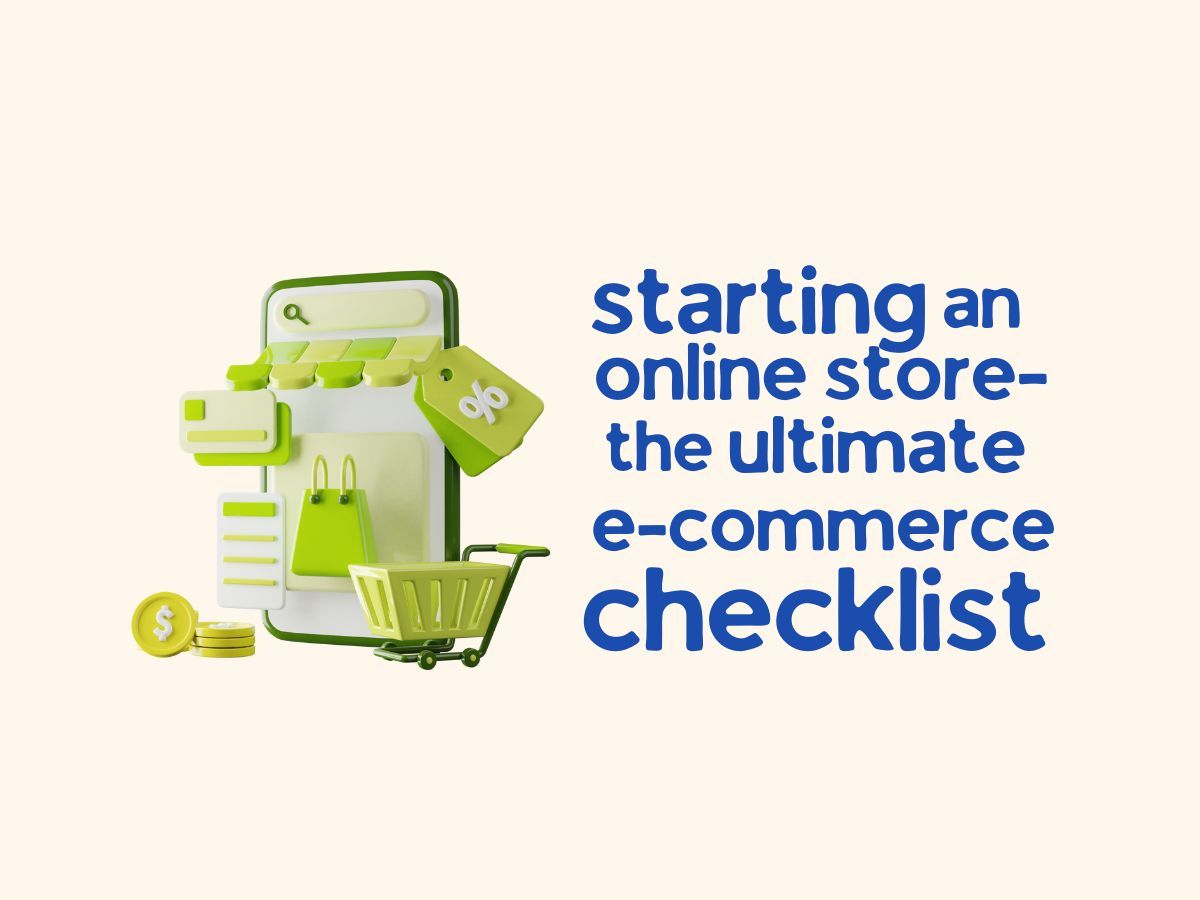What are memes?
Evolutionary biologist Richard Dawkins coined the term “meme” in his book (1976) The Selfish Gene. The word is a combination of the Greek words “mimeme” (something imitated) and “gene” which rhymes with “chorus”.
In Dawkins’ definition, memes involve how “our ideas, ideals, culture and habits reproduce themselves. Almost like a virus, they move from person to person by copying, sharing and replicating.”
Dawkins suggested that egos also exist in the animal kingdom, suggesting that they have some evolutionary basis. We are all willing to pass on memes that serve a purpose. Memes that aren’t worth sharing die out fast. A University of Vermont study even found that infectious diseases follow similar patterns of spread to Internet memes.
Today’s social networks are perfect for passing on these cultural genes. Once a message resonates with an audience, it can go global almost instantly. The most successful memes usually capture a moment, thought or feeling in a visual, social media form.
This timeliness does not have to be in the original self; The user can add it with new text or using it in a new context. Take the classic “distracted boyfriend” for example. You can’t say you haven’t seen this image — which first appeared online in 2015 — in one form or another.
Reasons to Use Memes in Marketing
In an interview with Wired magazine, Richard Dawkins confirmed that Internet memes are similar to what he imagined, saying, “It’s all that happens.” As such, anything can be a self; Dawkins himself received the self-treatment several times.
Reasons to Use Memes in Marketing
This meme started on Reddit , where users Photoshop beautiful images of Shiba Inu dogs into various backgrounds. The dog’s curious expression creates a humorous confrontation with its new environment.
The meme spawned the satirical cryptocurrency Dogecoin, which was later backed by Elon Musk and is now the shirt sponsor of Premier League football club Watford FC. This trajectory is crucial to the life cycle of online memes; they are contagious, but they are also infinitely adaptable and take on a life of their own.
Another new form of currency where memes are showing their value are non-fungible tokens (NFTs). A woman whose picture in front of a burning building as a
-year-old sparked the “disaster girl” meme just received half a million dollars after selling it as an NFT and used the proceeds to pay off her loans and donate to charity.
So memes are a cultural phenomenon that seems to have been with us for a while. Does this mean that brands should use memes in their marketing?
Advantages of using memes in marketing
1. Memes are cheap to create
Internet memes have a certain homely charm. Anyone can contribute and add text to the classics of the genre using sites like Meme Generator.
Brands can use memes created by others in their marketing campaigns, but if you intend to use them for marketing purposes, it is recommended that you create your own memes. Marketers have to work a little harder to keep up with cultural trends.
The hardest part is coming up with a witty title. This example from BarkBox provides a handy reference point:
It relates to your brand and audience without destroying the relationship with a pushy sales message.
Skillfully executed memes are a cheap and cheerful way to attract interaction on social media.
2. Memes can be a powerful brand marketing tool
You can also create content suitable for memes. In other words, brands can create content that can become its own self.
For example, when Netflix released a preview for its Bird Box series (like the image below), it was the basis for countless memes:
Bird Box reviews were not very kind. Melanic McFarland of Salon wrote, “Is it good? Not really, but it doesn’t have to be.” Thanks to what we might call the “meme effect”, people watched Bird Box anyway – it had 5 million views within 7 days of its release. Netflix even had to warn people not to try eye contact tricks to recreate memes.
Recently, the huge success of the Netflix Squid Game has spawned countless new memes, many of which – like those that fit the format and boost Netflix ratings – are understandable only to those who have seen the show. Brands also quickly began to get involved. Pepsi has already gotten over 37,000 likes on this Instagram photo with the iconic Squid Game visual reference (no spoilers!) next to one of the drinks titled “When You Know You Know.”
It is important for marketers to embrace the spirit of a trend like the squid game if they want to use it as a brand communication tool. The Pepsi example is playful and the text “If you know that you know” gives a suggestive nod to other fans.
A company like Netflix has an advantage with its content factory and Hollywood stars. However, memes don’t need that gloss to appeal to a mass audience. The more widely known, the more people see the brand. And the best memes last for years.

3. Memes can show your company its human side
When companies use memes, they inevitably show their human side. That could mean gently poking fun at the brand’s traditional ways, as in this picture of Denny’s:
Denny’s jumped on Facebook’s “10 Year Challenge,” which has already gone viral. It didn’t try to hijack the trend for its own purposes, but combined it with fun in a different way than the self format.
A 2017 online study of complex contagion patterns that accurately predicted the duration of the ALS Ice Cream Challenge found that when people see a meme that reflects their current mood, they feel seen. As a result, they share the meme in hopes of finding social validation from other social media users.
That said, memes don’t always have to be funny. They can be thought-provoking and insightful, not just frivolous. However, it is safer for brands to start with lighter memes, as more serious images tend to be political. Denny’s offers a convenient plan for this; brands do best when they show some self-awareness.
4. Memes Generate Instant Reactions
Memes appeal to marketers for all of the above reasons. Their raison d’etre is to go viral, and that’s what every brand has been talking about since the advent of social media.
There are no guarantees on this side and most memes die out quickly. But brands should see this as a learning opportunity, not a reason to abandon the meme. While the meme experiment isn’t destructive (we’ll get to those examples later), marketers can use memes to get instant feedback from their audience.
If it fits your brand, you should try creating a meme. They are cheap to make and usually fade quickly if not raised. And when they go viral, you may find you’ve tapped into something you never knew about your audience.
The Running World meme promotes a sense of community and is essentially a “joke”. really just runners (and their friends). This approach might not work as well if the audience didn’t get the joke, but it wouldn’t hurt to try. However, brands should be careful. This example from the potato chip brand Ruffles is common in social media folklore as an example of how not to do it:
It’s too focused on the brand, doesn’t give the user a reason to share , and uses a format that has been seen too many times. Every time someone adopts a meme, they have to add something new to the existing list.
It’s also worth noting that the cultural (and political) meaning of memes can change over time, as this documentary chronicles how Pepe the Frog went from an innocent amphibian to a divisive symbol. By following the basic principles of self-marketing, brands can avoid these pitfalls.
Reasons to use Memes in Marketing :
Brands need to be aware that memes only help achieve certain marketing goals. When they publish a sales message, users are immediately rejected. This brings similar considerations to our marketer’s Reddit guide. The most important thing is to understand the pulse of the audience and join and add something that affects the moment. Brands that wrongly undermine morality and pay the price.
However, memes can be part of a serious strategy. When adding memes to your marketing plan, keep these tips in mind:
- Keep Up With Pop Culture: It’s important to keep up with current trends; relevancy is the lifeblood of a viral meme.
- Show self-awareness: If you want to convey your brand’s message, use humor to turn around and show the human side.
- Finding the right channel: Memes are everywhere, from Snapchat to LinkedIn, but they vary in form and tone between channels. For example, TikTok memes use music as an additional element.
- Use an on-brand tone: It’s important to remain professional even when participating in a social media challenge. Customers expect the brand to act according to its traditional identity.
- Research your audience’s preferences: Identify these cultural preferences using social media marketing tools before launching a marketing strategy.
- Join Trends and Challenges: Because they are already viral, they offer guaranteed visibility. Just make sure you use this coin wisely.
- Build a meme library: The same memes keep popping up all the time, and their familiarity is comforting. Keep a library of memes and quickly edit text when an idea strikes.
- And look at image licensing: a bit of a boring point to cover, but an important one. If you’re collecting images to create new memes, check for possible licensing considerations.






